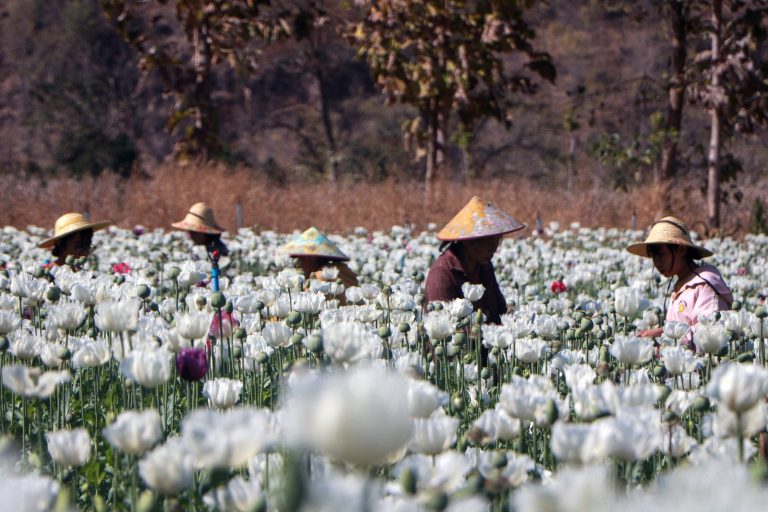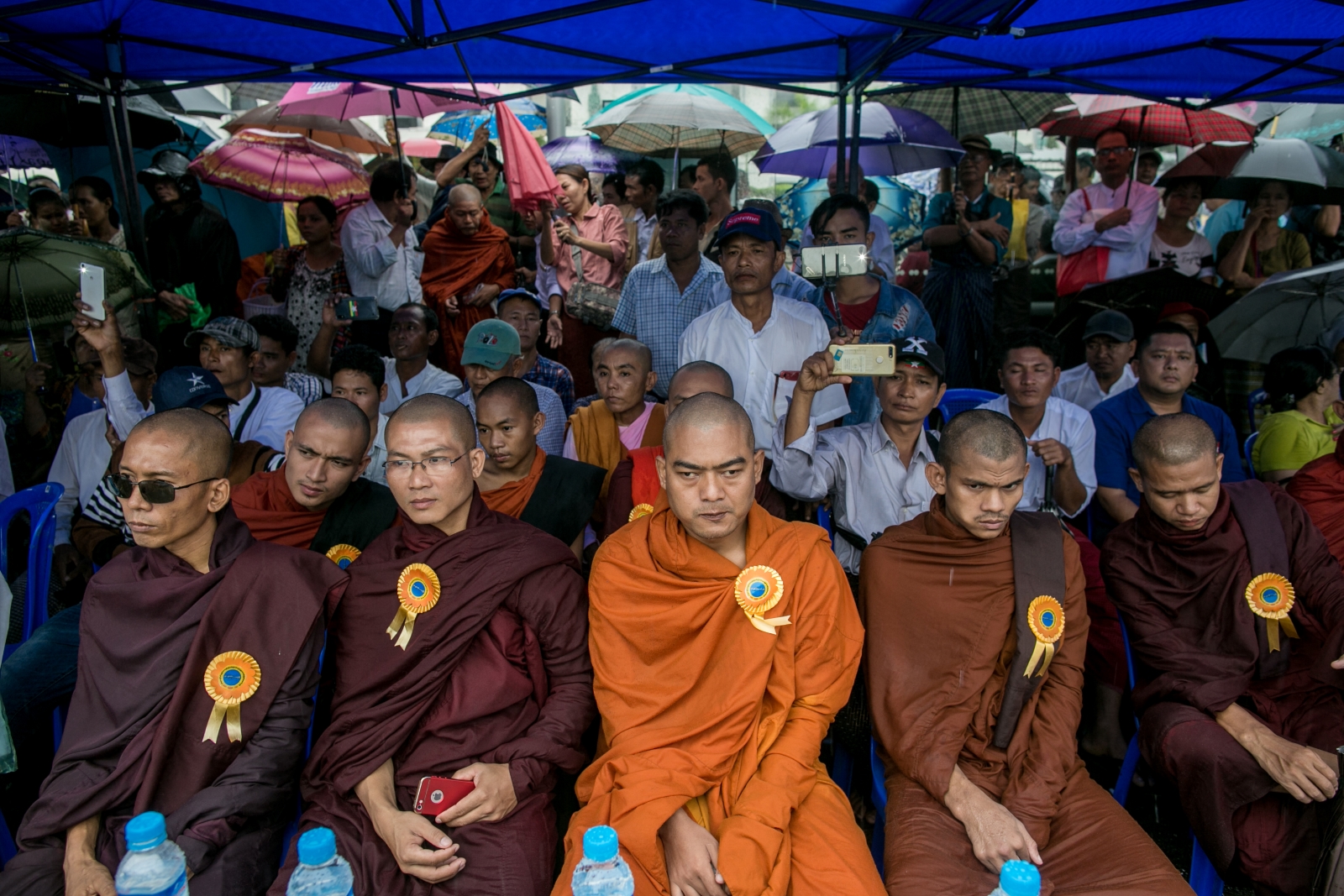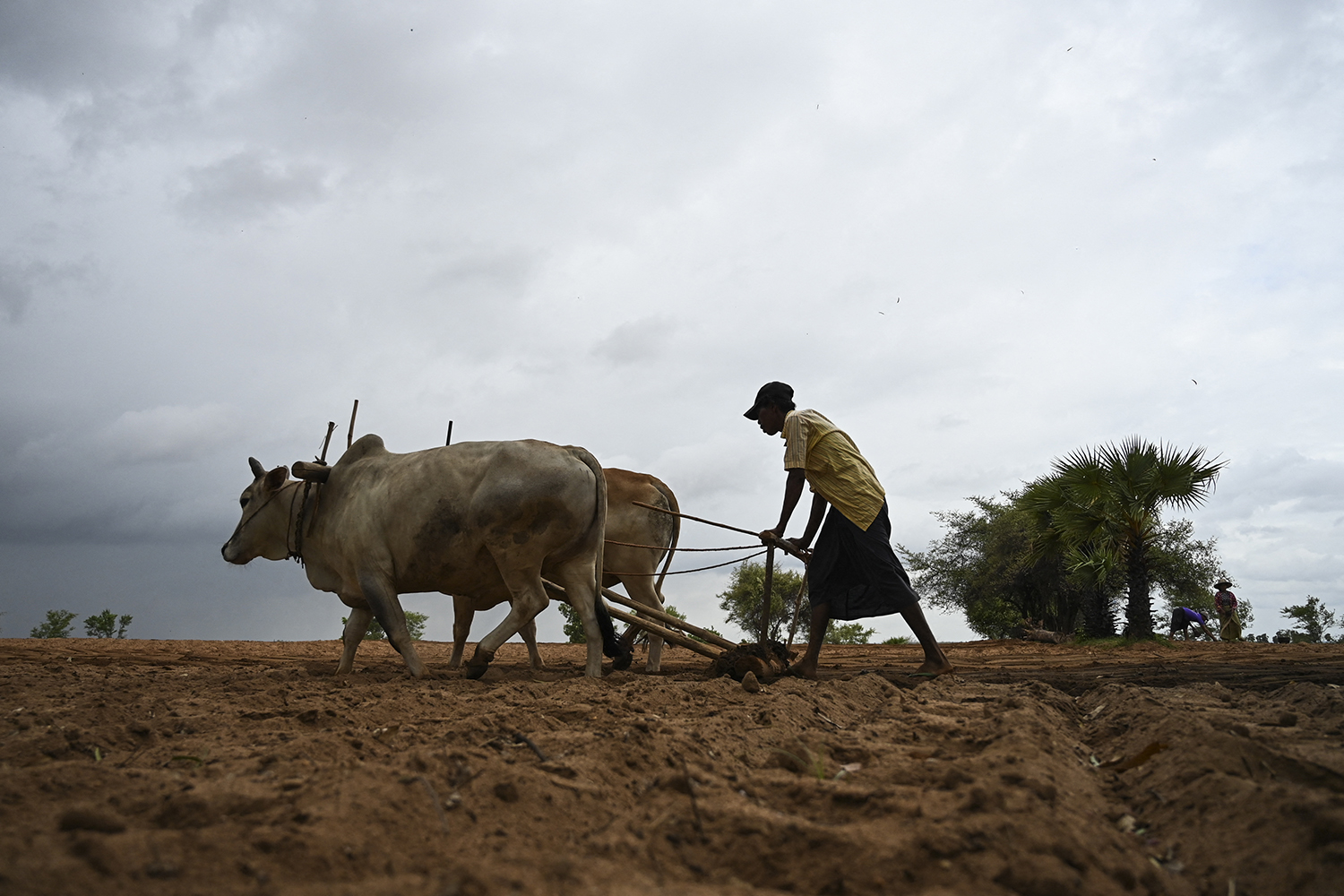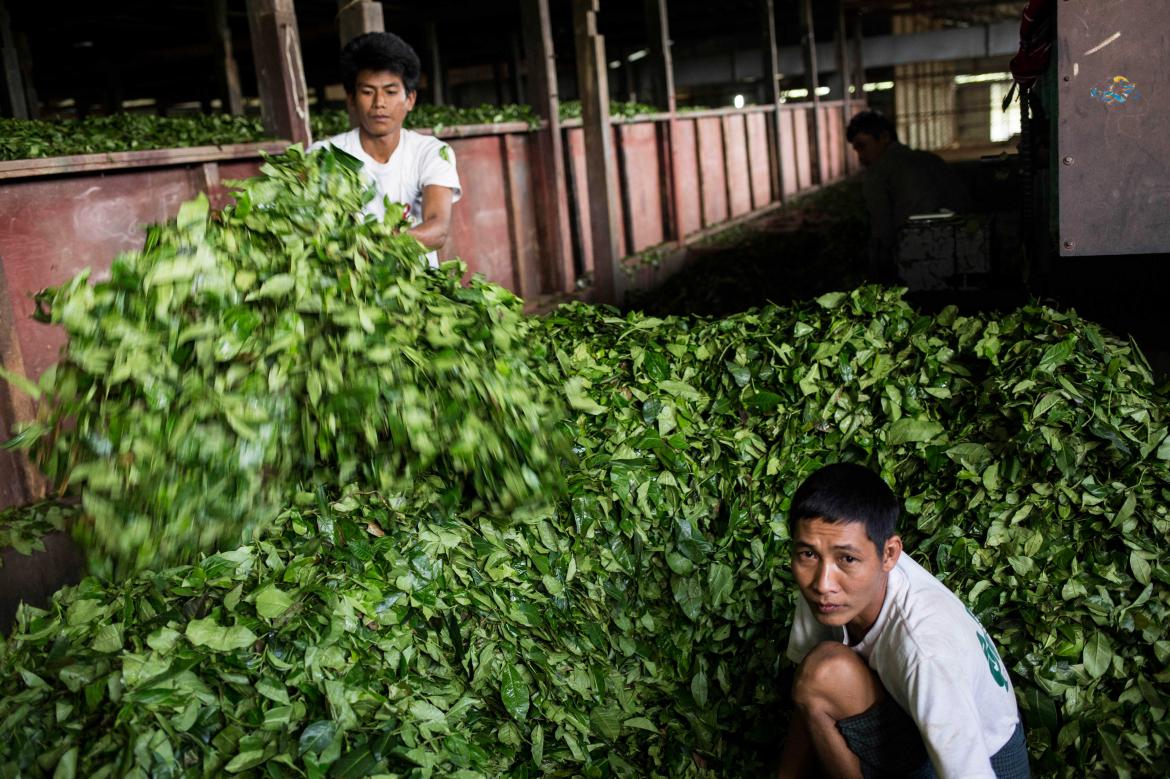Micro-hydropower projects have the potential to provide electricity to rural areas throughout much of Myanmar but risk being sidelined by the World Bank-funded National Electrification Plan.
BY PATRICK PAWLETKO | FRONTIER
In 1983, Myanmar was internationally isolated under a military dictatorship, which only served to steel the resolve of U Khun Kyaw, a young engineer from the Shan State capital, Taunggyi.
That year, he set about commissioning his first micro-hydropower project which, at that time, was emerging as a viable means of rural electrification in other Southeast Asian countries. Micro-hydropower is a small-scale renewable energy technology which uses the kinetic energy of small rivers and tributaries to generate electricity, but was yet to be implemented in Myanmar.
Although he had little technical guidance and no outside financial support, U Khun Kyaw’s modest pilot project kick-started a veritable revolution in Myanmar’s decentralised rural energy landscape – a revolution that has been gaining steam ever since. More than three decades later, hundreds of micro-hydro plants dot the rolling Shan hills. U Khun Kyaw, now in his eighties, continues to develop new sites out of his Taunggyi office.
Elsewhere in Shan State, another small power developer, U Zaw Min, carries on his father’s micro-hydro legacy, which dates to 1989, when the country in the headlines over the brutal military crackdown on a national uprising the previous year that left thousands of democracy protesters dead.
Support more independent journalism like this. Sign up to be a Frontier member.
Despite crippling economic sanctions imposed by Western governments that were not eased until after the change of government in 2011, U Zaw Min’s small family business has remained viable for more than 25 years, and enjoys close working relationships with nearby villages and monasteries.
“In the early years, 1989 and 1990, government intervention was not focussed on the micro-hydro sector,” U Zaw Min said. “It wasn’t until 2000 that support was offered from the government, but even then it was very small.”
Support has increased marginally since 2006, after peace talks between the government and Shan armed groups. But despite these advances, local communities and private developers continue to struggle to find a sustainable financial model for scalable micro-hydropower in rural areas.
“From 2004 or 2005, I began to use the internet to learn the technical theory of micro-hydropower systems,” U Zaw Min said. “Before that time, I referred to second-hand textbooks on hydraulic engineering, fluid mechanics, and turbomachinery, which I found in the bookstores of Yangon. I never received proper training. I just studied these resources to improve my turbine designs,” he said.
Until recently, the international development community assumed there was little grassroots micro-hydro development in Myanmar, a perception that is being corrected by those working in the field.
In November 2014, the Renewable Energy Association Myanmar released its Assessment Report on Micro Hydro Practices in Myanmar, a four-month-long study that focussed long overdue attention on the long-standing efforts of a small cadre of micro-hydro enthusiasts.
“We needed to know the real situation on the ground,” said U Aung Myint, the general secretary of REAM and a member of the National Energy Management Committee. “Who are these practitioners and what sorts of activities are they doing at the grassroots level?”
REAM’s report was subsequently highlighted at a meeting between the government, the private sector, and non-government organisations held later that month. In tandem with these efforts, the World Bank heard presentations from Myanmar’s micro-hydro developers, and toured several project sites in Shan State.
Building on this momentum, U Zaw Min, U Khun Kyaw, and five other micro-hydro developers from throughout the country formed the Small Hydro Power Association Myanmar in February 2015. SHPAM seeks to ‘democratise’ the Myanmar’s energy agenda by encouraging domestic manufacturing and private or community ownership of small, decentralised power utilities.
SHPAM was established at an opportune time, as the government adopted the National Electrification Plan in September 2015, which was approved for a 32-year, US$400 million World Bank loan after months of parliamentary deliberation. At present, less than 30 percent of Myanmar’s population has access to electricity, the lowest rate in Southeast Asia. In an effort to achieve universal access to electricity in Myanmar by 2030, the NEP overwhelmingly favours expansion of central grid lines, which will transmit power generated almost entirely by large hydro and natural gas-fired power plants.
U Aung Myint disagrees with this approach and urges energy planners to consider the importance of a decentralised and renewable energy mix to meet the NEP’s 2030 target.
“The decentralised system is more suitable for Myanmar because of the prevailing ground situation and the people’s current momentum,” he said. “When they wish to receive electricity, they can practice many different ways of renewable power generation, such as micro-hydropower and biomass gasification.”
Because the NEP’s main objective is to electrify the country by 2030, the planners have time, capacity, and financial constraints, he said, underscoring the value of renewables as part of Myanmar’s energy mix.
“We are not opposing the grid extension. They have to do things that way for cities and for industry,” he said. “But for the real rural context on the ground, decentralised and renewable energy is the only way that involves the people. That is what we are trying to highlight with the micro-hydro systems.”
Patrick Pawletko, a projects officer with Green Empowerment, a US-based non-profit group, has been working on sustainable decentralised energy projects with the Renewable Energy Association of Myanmar and the Small Hydro Power Association of Myanmar.






